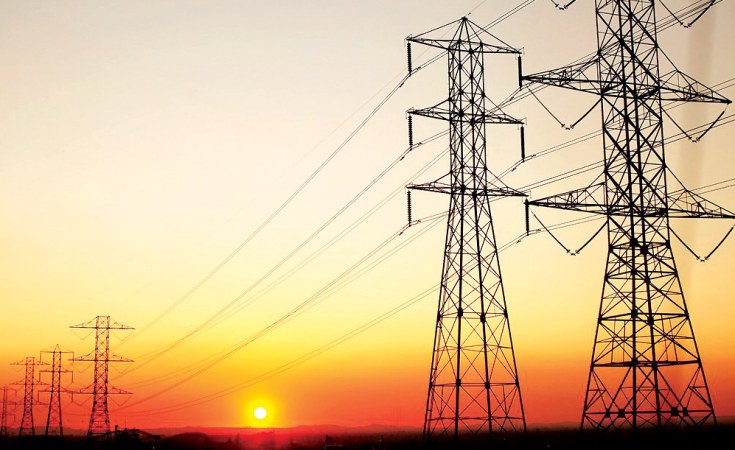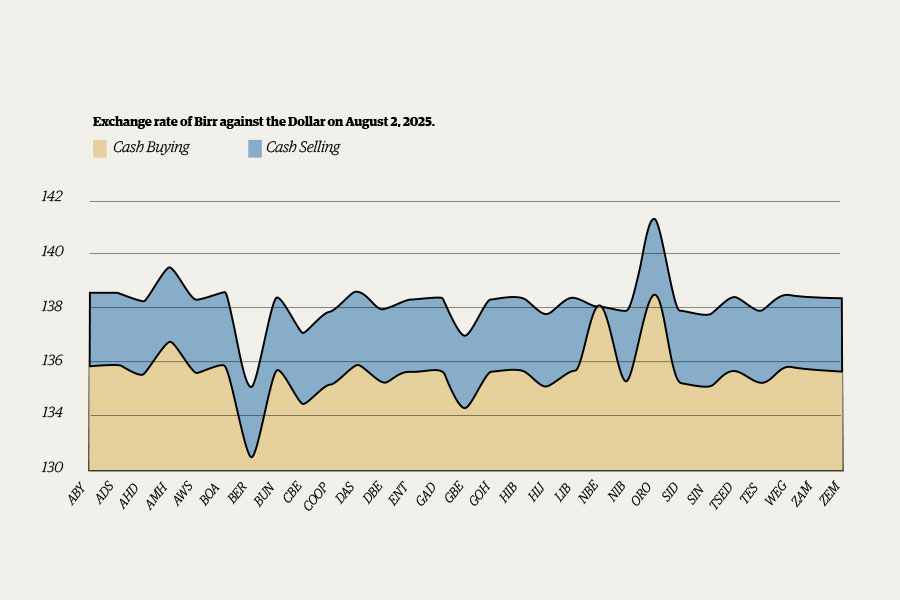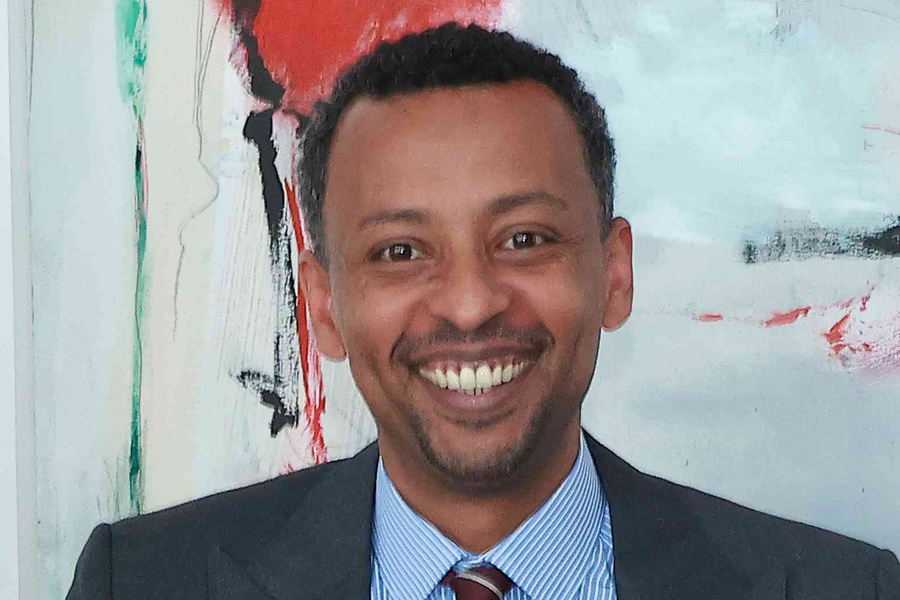
Commentaries | Aug 03,2024
Sep 28 , 2019
By YOSEPH MERGU ( FORTUNE STAFF WRITER )
 Built by China Electric Power Equipment and Technology (CET), the project connects the Kenyan and Ethiopian power grids.
Built by China Electric Power Equipment and Technology (CET), the project connects the Kenyan and Ethiopian power grids. The Ethiopian part of the 1.26-billion-dollar Eastern Electricity Highway Project that connects Ethiopia with Kenya is set to be completed next month.
Built by China Electric Power Equipment and Technology (CET), the project connects the Kenyan and Ethiopian power grids.
The high voltage electric line, which is a result of the joint venture of the two countries, has a capacity of carrying up to 2,000 megawatts and covers 1,055Km, while 433Km of the total electric highway lies within Ethiopian borders.
The construction of the power transmission line has already been completed in August 2019, and the highway is only awaiting finalisation of the construction of a substation, according to Moges Mekonnen, communication director of Ethiopian Electric Power (EEP).
After the construction of the substation is completed, the testing will be implemented within five months, and the highway will be ready for power transmission by April 2020.
Wolayta Sodo is the starting point for the 500kV line, and the overhead transmission lines are supported by approximately 38m-high and 15m-wide steel towers and sit on 4m-deep reinforced concrete foundations. The width of the line corridor ranges between 50m and 60m.
From the overall investment in the project, the World Bank provided a loan of 684 million dollars, while the African Development Bank and the French Development Agency are providing 338 million dollars and 118 million dollars, respectively.
The government of Ethiopia and the government of Kenya funded 32 million dollars and 88 million dollars, respectively.
The construction of the remaining part of the highway in Kenya is being carried out by the German company Siemens Transmission & Distribution. The work has begun from the Suswa substation in western Kenya.
Upon its completion, the project is expected to generate investment opportunities in electricity infrastructure and also gives rise to the development of other related industries.
Ethiopia currently generates 4,300MW of power, of which 90pc is produced from hydropower, while eight percent is generated from wind, and two percent is generated from thermal sources.
Ethiopia is endowed with a huge hydro generation potential, which is estimated at approximately 45,000 MW.
A hydropower expert appreciated the construction of the transmission line between the two countries.
“Construction of the transmission line is important, not only to sell but also to buy electric power when we face a shortage of supply,” Tigabu Atalo, an energy practitioner, told Fortune.
According to the expert, this is helpful for regional integration and interconnecting African countries through power.
“We must be well advised on the power purchase agreement schedule for the delivery of electricity, penalties for under-delivery and on tariff allocation.
Currently, the construction of the Grand Ethiopian Renaissance Dam (GERD) being built on the Abay River in Benshangul Gumuz Regional State has reached 68.3pc completion.
PUBLISHED ON
Sep 28,2019 [ VOL
20 , NO
1013]

Commentaries | Aug 03,2024

Money Market Watch | Aug 03,2025

Editorial | Aug 16,2025

Radar | Oct 23,2021

Fortune News | Jan 18,2020

Exclusive Interviews | May 17,2025

Radar | Apr 26,2019

Fortune News | Jul 21,2024

Commentaries | Jun 27,2020

Fortune News | Feb 29,2020

Dec 22 , 2024 . By TIZITA SHEWAFERAW
Charged with transforming colossal state-owned enterprises into modern and competitiv...

Aug 18 , 2024 . By AKSAH ITALO
Although predictable Yonas Zerihun's job in the ride-hailing service is not immune to...

Jul 28 , 2024 . By TIZITA SHEWAFERAW
Unhabitual, perhaps too many, Samuel Gebreyohannes, 38, used to occasionally enjoy a couple of beers at breakfast. However, he recently swit...

Jul 13 , 2024 . By AKSAH ITALO
Investors who rely on tractors, trucks, and field vehicles for commuting, transporting commodities, and f...

Oct 25 , 2025
The regulatory machinery is on overdrive. In only two years, no fewer than 35 new pro...

Oct 18 , 2025
The political establishment, notably the ruling party and its top brass, has become p...

Oct 11 , 2025
Ladislas Farago, a roving Associated Press (AP) correspondent, arrived in Ethiopia in...

Oct 4 , 2025
Eyob Tekalegn (PhD) had been in the Governor's chair for only weeks when, on Septembe...